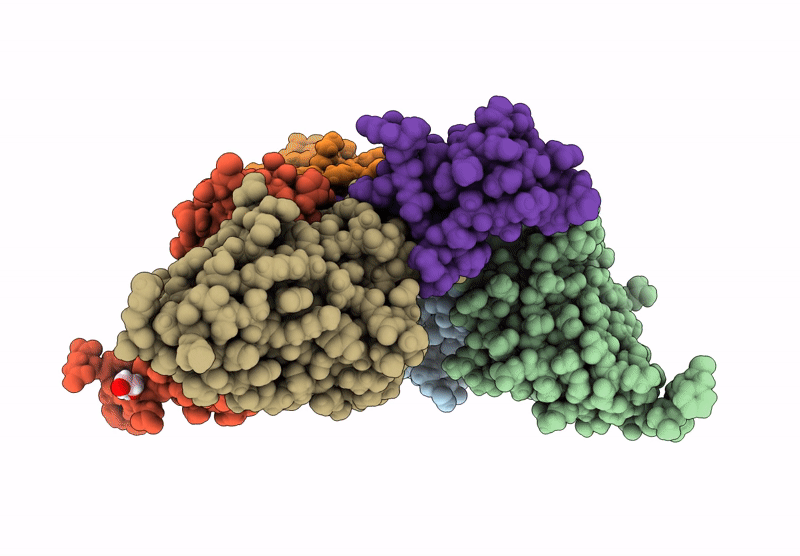
Deposition Date
2024-12-21
Release Date
2025-11-19
Last Version Date
2025-11-19
Entry Detail
Biological Source:
Source Organism:
Homo sapiens (Taxon ID: 9606)
Bungarus multicinctus (Taxon ID: 8616)
Bungarus multicinctus (Taxon ID: 8616)
Host Organism:
Method Details:
Experimental Method:
Resolution:
1.33 Å
R-Value Free:
0.19
R-Value Work:
0.15
R-Value Observed:
0.16
Space Group:
P 21 21 21


